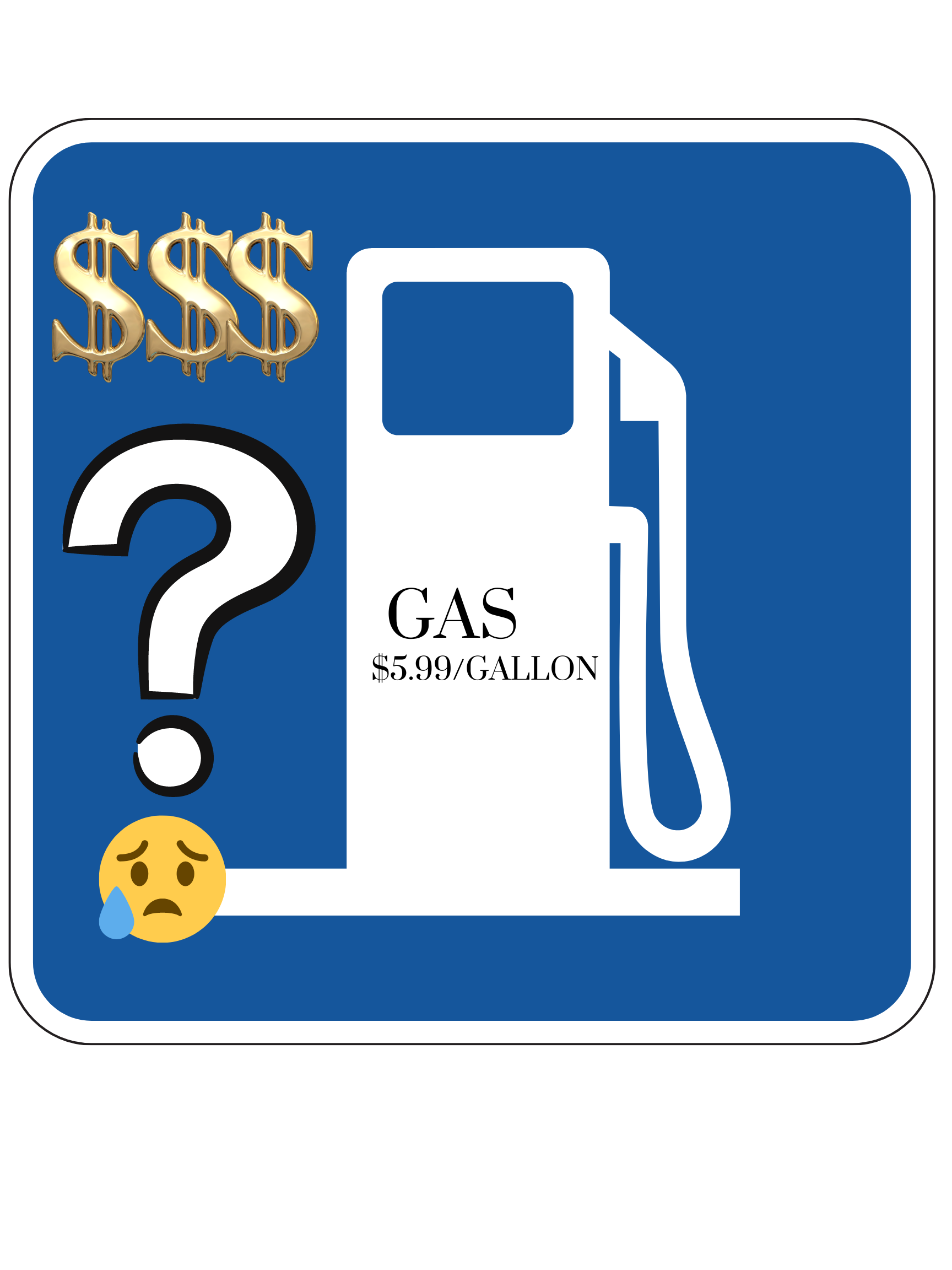Both gasoline and diesel prices are still up. Drivers across the US and globally are feeling pain when they visit gas stations to pump gas. You can see that both gas and diesel prices have been trending up in each of the regions in the entire US from October 2021, with a steep rise after Russia started the Ukraine war. I got these charts from the US Energy Information Administration, which is the US official source of data for energy information.

And since gasoline and diesel both are needed for the transportation of many goods, the increase in fuel prices has several linkages to other industries as well. In this image, taken from the US EIA website, you can see, that the national average for a gallon of gas in the United States was $4.11 and $5.12 for diesel as of April 2022.

What has caused the continued rise in fuel prices?
In most simple terms, it is the imbalance between the supply and demand of crude oil. There is an increasing oil demand, while there is not enough supply. Gasoline and diesel both are made from crude oil. The petroleum refineries make gasoline and other petroleum products from crude oil.
You might ask why the gas price is high in the US when it only imports a very small percent of crude oil from Russia. The answer to this lies in the fact that crude oil prices are set in the global market.

In this chart, you can see the supply and demand imbalance.
On the x-axis, we have the quantity of crude oil demanded and supplied and on the y-axis is the price of crude oil. For any commodity, an equilibrium price is set, where the upward-sloping supply curve and the downward-sloping demand curve intersect. That is the quantity that the producers are willing to supply and the quantity the consumers are willing to buy at a price that works for both.
If the producers supply more than what consumers demand, then the price of that commodity will fall because there is excess supply. On the other hand, if demand for a commodity is more than what the producers can supply, it causes price to increase because there is excess demand and consumers are willing to pay more. In the case of oil price hike, the latter has happened. This has led to both a rise in price of crude oil and a lower equilibrium quantity of crude oil consumed and supplied. The above chart shows that as Q1 and P1.
The economic sanctions put on Russia by the United States and the European Union in response to Russia’s invasion of Ukraine have had a shattering effect on the Russian oil supply to the world. Many countries have cut trade ties with Russia, leading to a lower supply from Russia. Even though, US has become the largest producer of crude oil. Russia is still one of the biggest crude oil producers in the world, so it has a significant influence on the total industry output in the global oil market.
When Russian oil is not available to its full capacity, the world supply of crude oil has dramatically decreased. This has caused crude oil prices to rise significantly. During the early part of 2020, when the demand for transportation dropped significantly due to the lockdown, crude oil was at an average price of $39 a barrel. This was its lowest price since 2003.
However, as the lockdown eased and economies returned to normal, there has been an increasing demand for crude oil. With people commuting to work again, traveling on vacation, and going out more, the demand for gasoline has resumed. While the suppliers are not able to increase the supply of crude oil, there is an increasing demand. The price of crude oil in the international market exploded to $139 before settling at $123 a barrel. Much of the inflation is due to a rapid rise in crude oil.
Crude oil is used to produce gasoline, so fuel refining companies like Exxon, Chevron and others are passing the higher costs of production on to consumers by raising prices at the pump. This is the inflation caused by supply factors.
Million dollar question in everyone’s mind is when will the fuel prices go back to normal?
The sad news is that Economists don’t expect gas prices to fall anytime soon, unless war in Ukraine comes to an end and and some sort of order is restored in Europe. Until then, the world oil market will continue to struggle to provide an adequate supply to meet worldwide demand meaning that crude oil prices will remain high. This of course will keep prices inflated at the pump and drivers will struggle to fill their tanks.
Additionally, as summer approaches, the demand for travel will continue to rise and the average cost of a gallon of gas might peak at $5. Many economists believe that even if supply issues are fixed and prices start to decline in the coming months, the average is still expected to remain over $4 nationally until at least November, as the adjustments take time.
Going forward the best strategy for countries will be to keep extra reserves when the crude oil price is low. Investment in alternative energy sources will be the strategy for the future to withstand such supply shocks.
If you want to know more about it, you can also refer to CNN’s article on June 1. Is it just a coincidence that a famous news channel published this article a few days after I did? It is not. This is just what everyone wants to know. https://www.cnn.com/2022/06/01/energy/record-gas-price-causes/index.html


One response to “Gas prices are too high, but why?”
Well written article!!